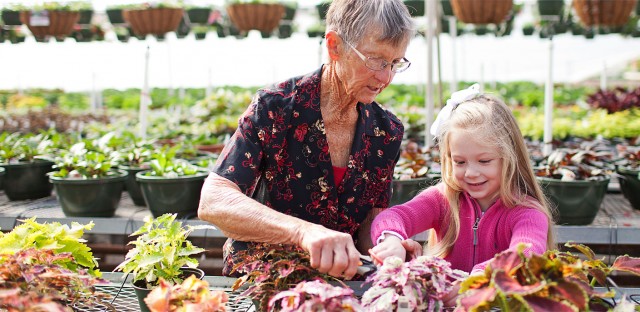Caring for Indoor Plants During the Summer
The summer months allow for your indoor plants to prosper, but it can also cause them harm if you are not careful. Here are some items to keep in mind to keep your plants healthy during the brutal summer months.
1. Sunlight Exposure
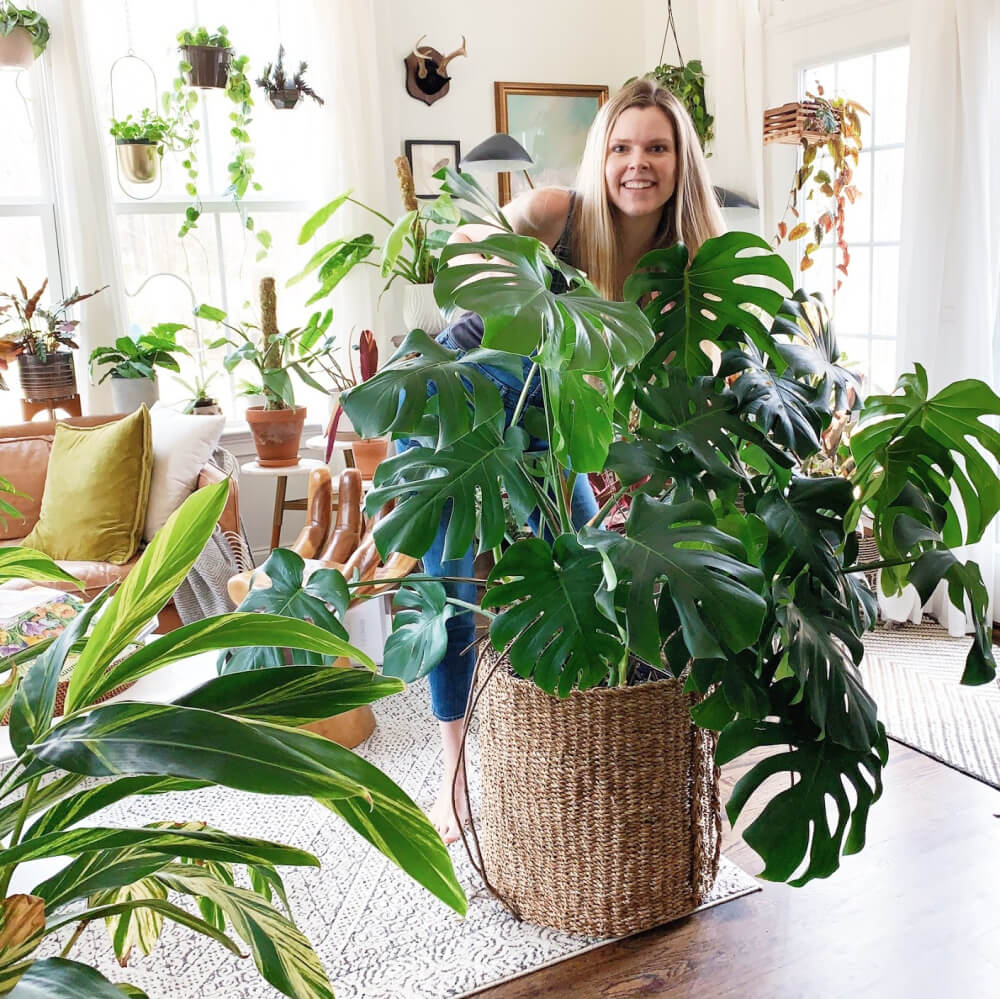
The harsh UV rays produced during the summer can cause stress on your plants. You may need to move your plants around so they don’t get too much direct sunlight. Your plants may not be able to wear sunscreen, but they can still get sunburned so here are some things to watch for that could be signs they are getting too much sunlight and should be moved to an area where it is more shaded:
- Rough brown patches on the leaves.
- Wilted leaves.
- Pale, yellow or brown leaves that are not typically this color.
- Flowers or leaves falling off of the stem in large increments.
You should be keeping a close eye on your plants throughout the brutal summer months, so if these things start occurring you catch them early enough before too much damage is done.
2. Watering Schedule
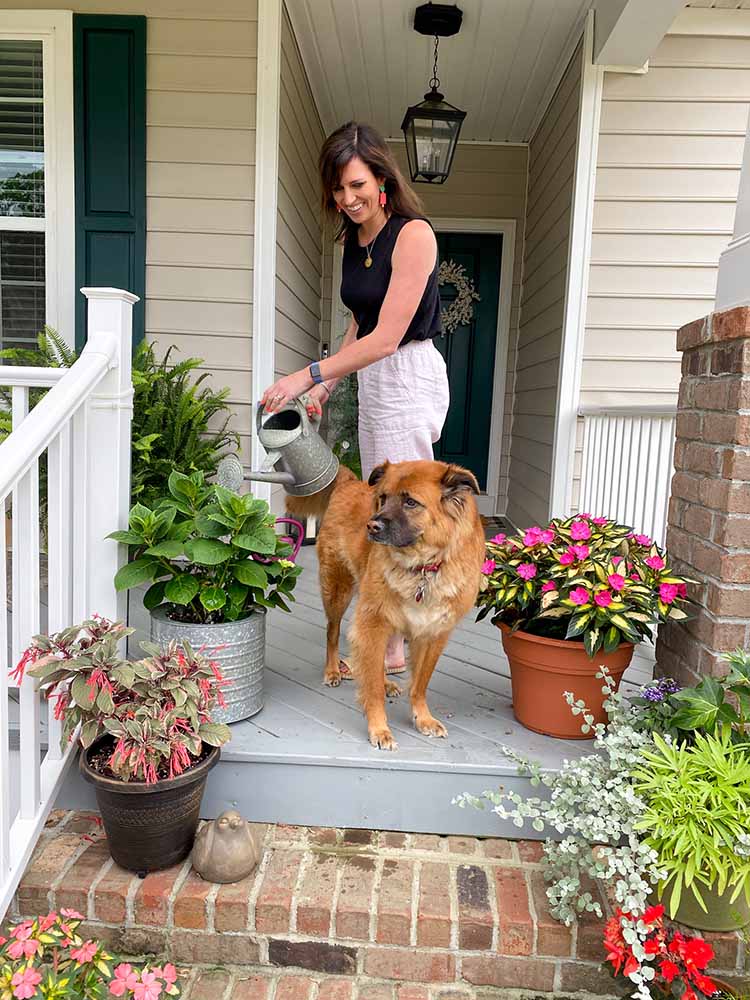
With the elevated temperature during the hot summer months, your watering schedule may need to be adjusted. Checking your plants soil dryness often is essential in order to make sure you aren’t over or under watering your plants.
It is recommended that you check 3-5 times weekly and only water when the soil is dry. Make sure that you are checking the middle of the soil too and not just the top layer.
To help the soil really soak the water in, you can place your plants under the faucet for watering then move them back to their saucer.
3. Pest Prevention
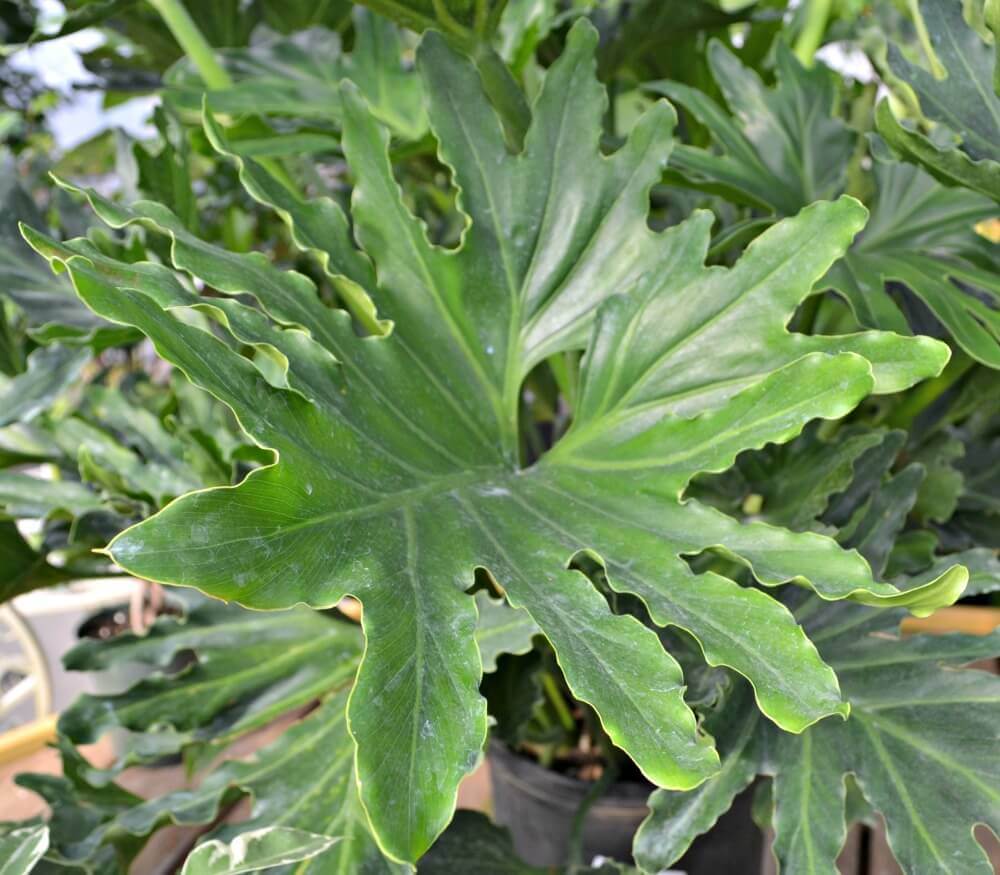
The summer invites lots of unwanted pests and dust into your home. When pests or dust settle onto the leaves of your plants they block sunlight and airflow thus preventing growth for your plant or can even cause them to die.
Wiping your plants leaves off with a damp paper towel or rag once a week can help keep those sneaky bugs and particles from harming your plants. Make sure you do your research and know what the best method is for each of your plants for keeping them healthy because what works for one may harm another.
While doing your weekly “bath” for your plants, inspect their leaves to make sure they don’t have any bugs that are hanging on there. If you notice something that might indicate an infestation, remove all you can, treat your plant immediately and seclude that plant from the rest so it does not infect the others.
4. Humidity Levels
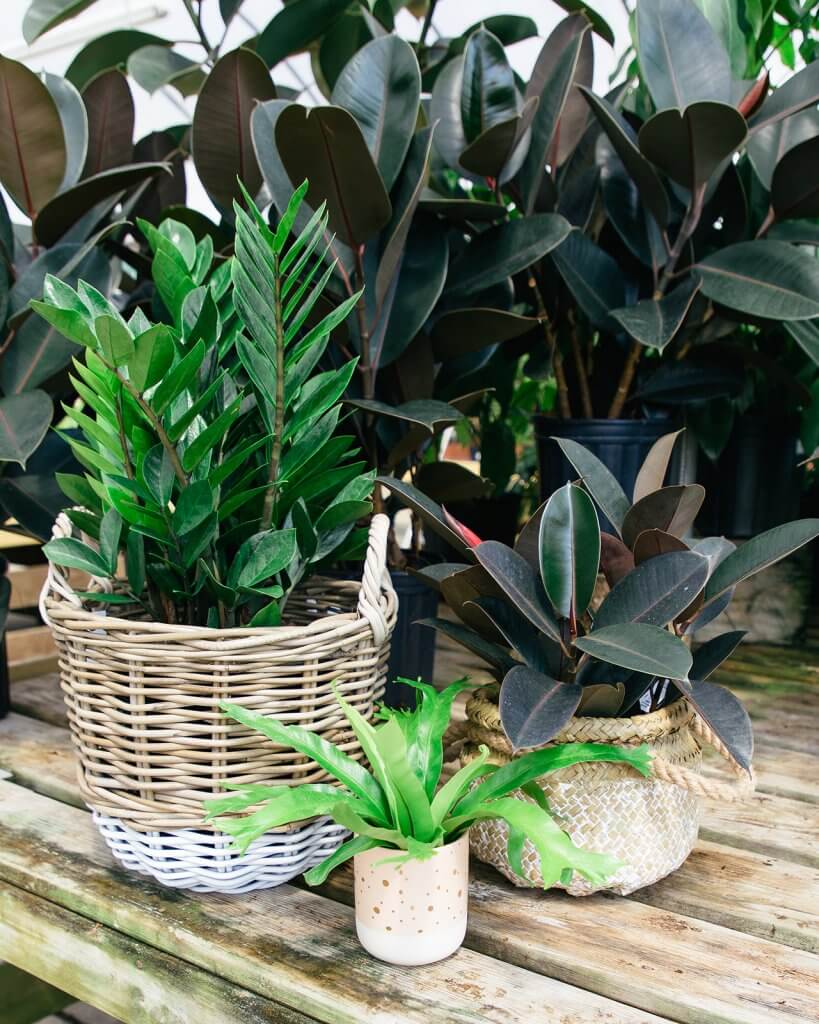
High temperatures can cause the humidity that is in the air to evaporate thus creating less moisture for the plant’s leaves to soak up.
In order to counteract this, you can group your indoor plants together allowing them to share each other’s moisture that they create. You can also mist their leaves throughout the day and week to help get some of that moisture back.
Knowing the ideal temperature and humidity levels for your plants is an important part of keeping them healthy during the summer months. Most plants should be kept at a temperature of 70-80 degrees, but this can vary depending on the type.
5. Repotting
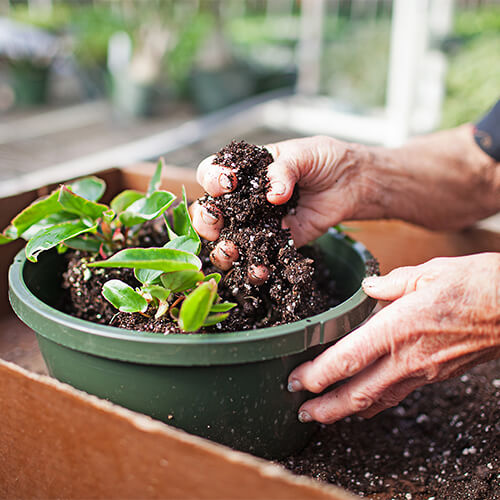
The summer months allow for your plants to grow and sometimes at a rapid pace. This may cause you to want to repot them so they have more room to grow. While it may be hard, try to resist the urge to do this until the winter months.
During the summer, your plants are already under a lot of stress and repotting can cause even more stress that they may not be able to handle. Therefore, only repot your plants if you absolutely need to and if you are, try to pick a cooler day and not the hottest day of the summer.
Let Our Experts Guide You Through The Process!
Keeping your plants healthy during the summer months may take a little more effort, but it is all worth it to see them thriving in their indoor environment. Come visit Fairview Garden Center and let one of our trained employees help make sure your plants are ready to take on the heat!

